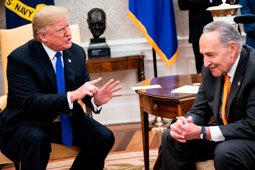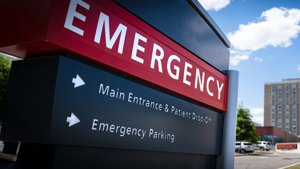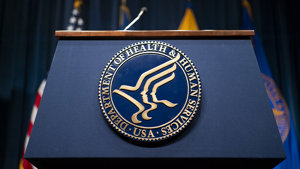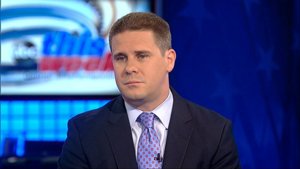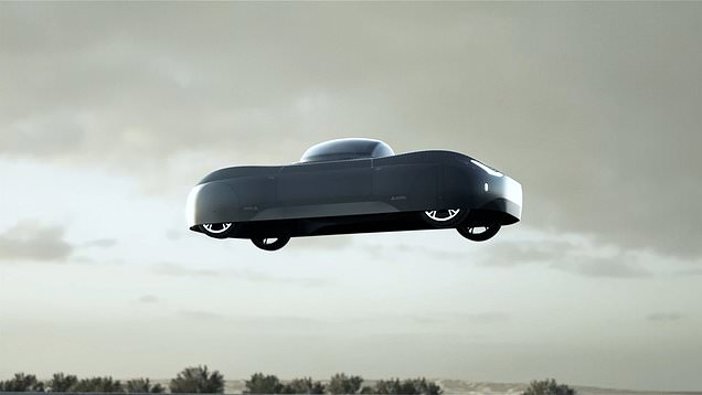
Trump Backs Drones and Flying Cars
Trump's new orders promote drone innovation, airspace security, and faster flight technologies.
Executive Action Targets Innovation and National Security
President Donald Trump signed three sweeping executive orders on Friday to revitalize America’s aerospace innovation sector, with a focus on drones, flying cars, and supersonic air travel. The measures aim to streamline regulations, secure U.S. airspace, and foster high-skilled job creation, according to senior White House officials.
The executive orders come at a pivotal moment for national infrastructure and global visibility, as the United States prepares to host international events such as the FIFA World Cup and the Olympics. White House advisors say the orders will strengthen safety protocols while unlocking commercial potential in next-generation flight technologies.
“Flying cars are not just for the Jetsons,” said Michael Kratsios, the White House's lead technology advisor. “President Trump has long understood the transformative potential of drone systems to improve infrastructure, public safety, agriculture, and emergency response. But outdated regulations have hindered our progress. These orders remove those roadblocks.”
Boosting Drone Use and Supersonic Travel
The administration’s directives will enable routine beyond visual line of sight operations—critical for applications like drone deliveries and wildfire response—by removing regulatory constraints and establishing new federal standards for safety and performance.
Kratsios also highlighted plans to revive supersonic aviation. “Americans should be able to fly from New York to LA in under four hours,” he said, describing a future in which commercial travel is significantly faster and more efficient.
The orders emphasize American innovation and reduced reliance on foreign technologies. Officials believe this domestic-first approach will bolster national security and economic independence in critical aerospace domains.
“These executive orders will accelerate American innovation in drones, flying cars, and supersonic aircraft and chart the future of America’s skies for years to come,” Kratsios added. “Our message is simple: American innovation belongs in American aerospace.”
Airspace Security and Protection of Major Events
Security was a central concern in the drafting of these orders. Sebastian Gorka, senior director of counterterrorism for the National Security Council, referenced public outrage over past drone incidents in New Jersey. “From day one, the president instructed us to treat this issue with the urgency it deserves,” Gorka said. “We have lacked a strong federal response—not just to foreign dominance in drone tech, but also in protecting sensitive and critical sites.”
The new regulations will expand protections for U.S. airspace surrounding key infrastructure, sporting venues, and mass events. Officials say this will be crucial for events like the upcoming FIFA World Cup, ensuring better prevention of unauthorized drone activity near crowded or sensitive areas.
By modernizing legal and regulatory frameworks, the White House expects the orders to unleash private sector advancements, spark job growth, and keep American skies both secure and innovative.
The full impact of these policies will unfold in the months ahead, as federal agencies and industry stakeholders implement the directives across the aviation ecosystem. However, administration officials remain confident: the age of flying cars and faster-than-sound travel is no longer science fiction—it’s national policy.

